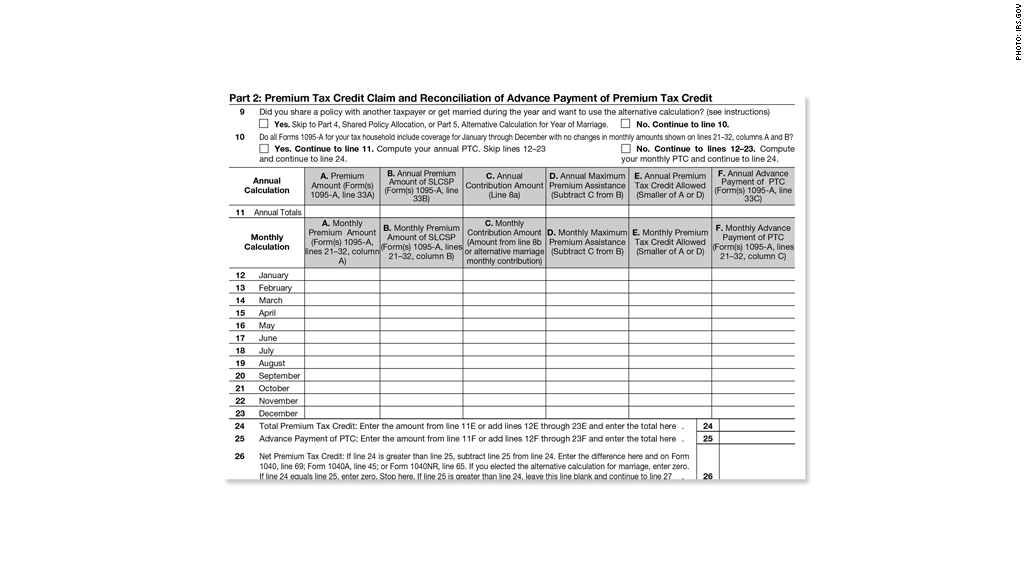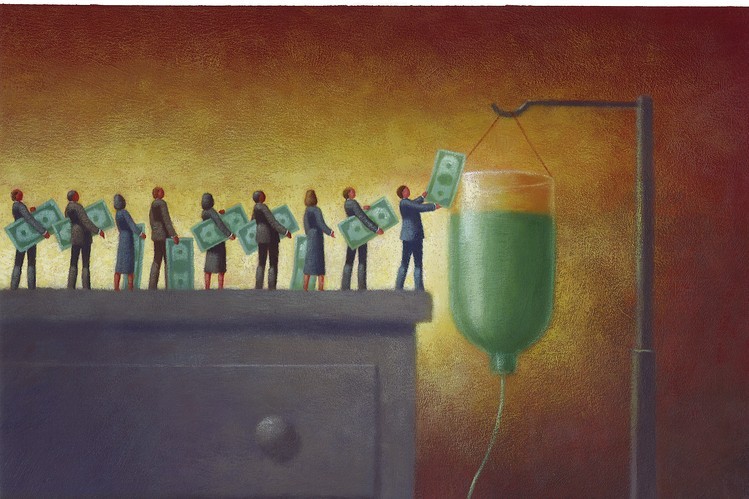Is Obamacare Tax Killing Stocks
Post on: 16 Март, 2015 No Comment

Follow Comments Following Comments Unfollow Comments
The 5-4 decision upholding Obamacare has a side effect: It makes that 3.8% surtax on investment income definitive.
For people of a libertarian bent, it was reassuring to have Chief Justice John Roberts decree that Congress can’t make us eat a balanced diet. But his decision is a reminder that the government has more or less unlimited power to tax us.
The healthcare law’s tax provisions include a 3.8% extra income tax on dividends, interest and capital gains. Absent some deal between President Obama and Congress, it goes into effect in January. It applies to portfolio income to the extent that the taxpayer’s adjusted gross income tops $250,000 on a joint return ($200,000 for singles).
So, if you have a spouse, a $240,000 salary and $45,000 of investment income, you’ll owe the 3.8% surtax on $35,000.
Also built into existing statutes: the expiration of the Bush era tax cuts. With this, three bad things happen to investors: the top federal rate goes from 35% to 39.6%, the 15% rate on dividends and capital gains is over and a clawback of itemized deductions comes back. The effect of the clawback is to add 1.2 percentage points to the marginal tax rate of an upper-middle-class investor.
Add it up, and the top federal rate on dividend income is set to jump from 15% to 44.6%. There might be a deal this year that extends the Bush cuts, but there might not be a deal. There might be a new president next year who wants to cut taxes, even for rich people, and there might not be.
Without a law change, the tax rate for capital gains is splitting into three tiers in January. Gains on securities held for a year or less will be taxed the same as interest and dividends, at up to 44.6%. Gains on securities held for more than a year but not more than five years get a maximum rate of 20% plus the surtax plus the clawback, or a total of 25%.
Gains on securities held for more than five years will enjoy a two-point break, bringing the top rate here to 23%. The 18% base rate for ultra-long gains (to which we must now add 5 points of extra tax) has been in the tax code for more than a decade but never came into effect because it was temporarily superseded by the Bush tax cuts.

Example: You bought the SDPR S&P 500 ETF a decade ago at $100. Now it’s at $131. If your other income puts you into the range of the Obama surtax, your federal tax rate on the $31 gain would be 15% today or 23% next year.
Some people are cashing in winning stock positions this year on the assumption that the base rate on long gains is going up to 20%, says Robert Gordon, the tax-savvy money manager at Twenty-First Securities. They might think twice if they knew about the two-point rate reduction.
For prosperous investors, the choice is: Pay a 15% rate on long-held positions now, or hold off and risk paying a much higher rate down the road. That 23% rate might be cut, or it might be increased. There are plenty of tax reformers out there who think any sort of break for capital gains is a giveaway to the rich.
The main reason that wealthy people like Mark Zuckerberg don’t pay much tax is that the majority of their income comes from capital gains. The so-called Buffett tax—a minimum 30% rate incomes above $1 million—would in practice be an increase in the tax rate on long-term gains. Obama favors higher taxes on millionaires; his opponent does not.
Could be that the looming tax hike already in the statute books is weighing down on the stock market. As of early afternoon, SPY was off $1.50 on Obamacare day.














